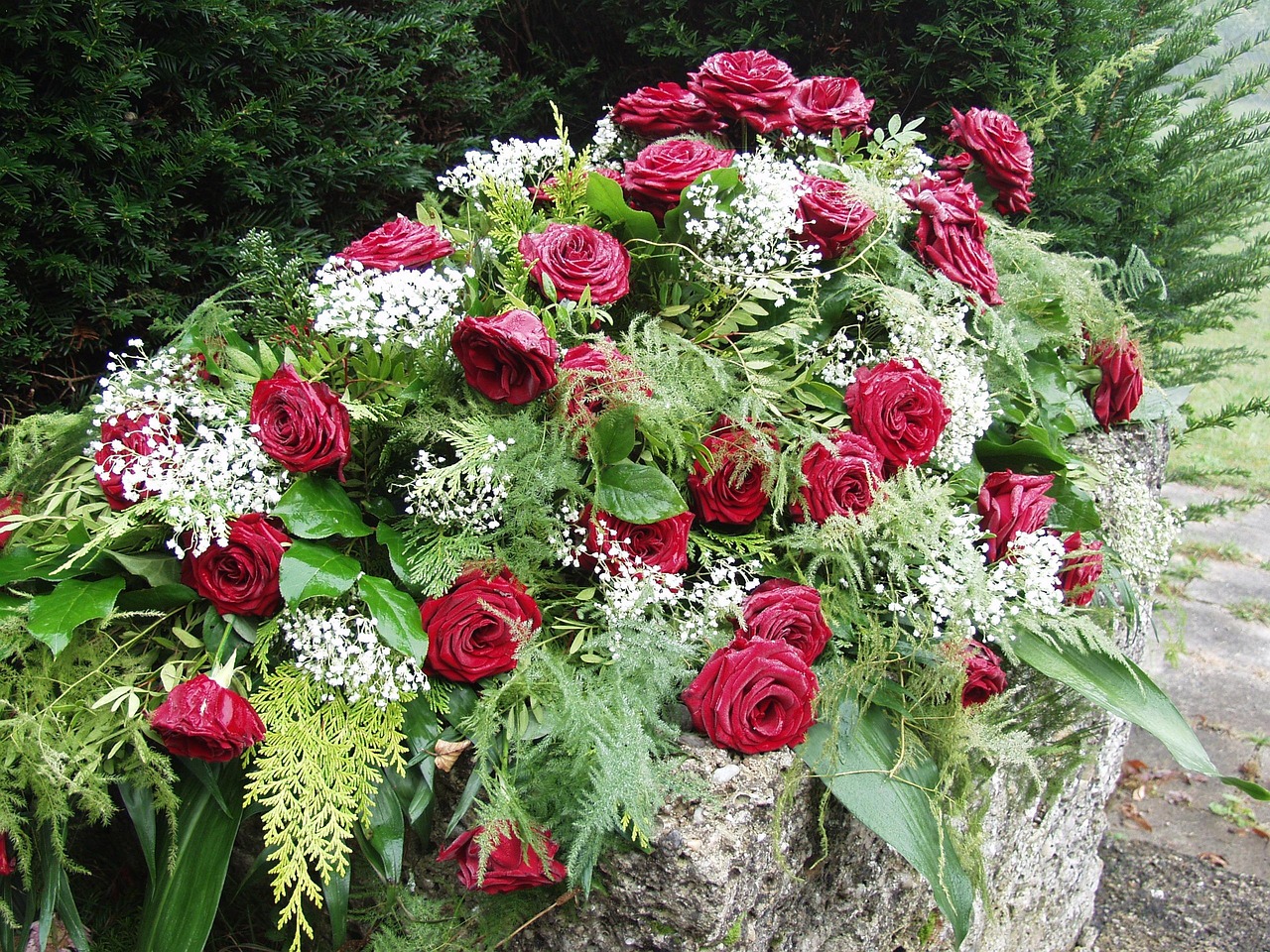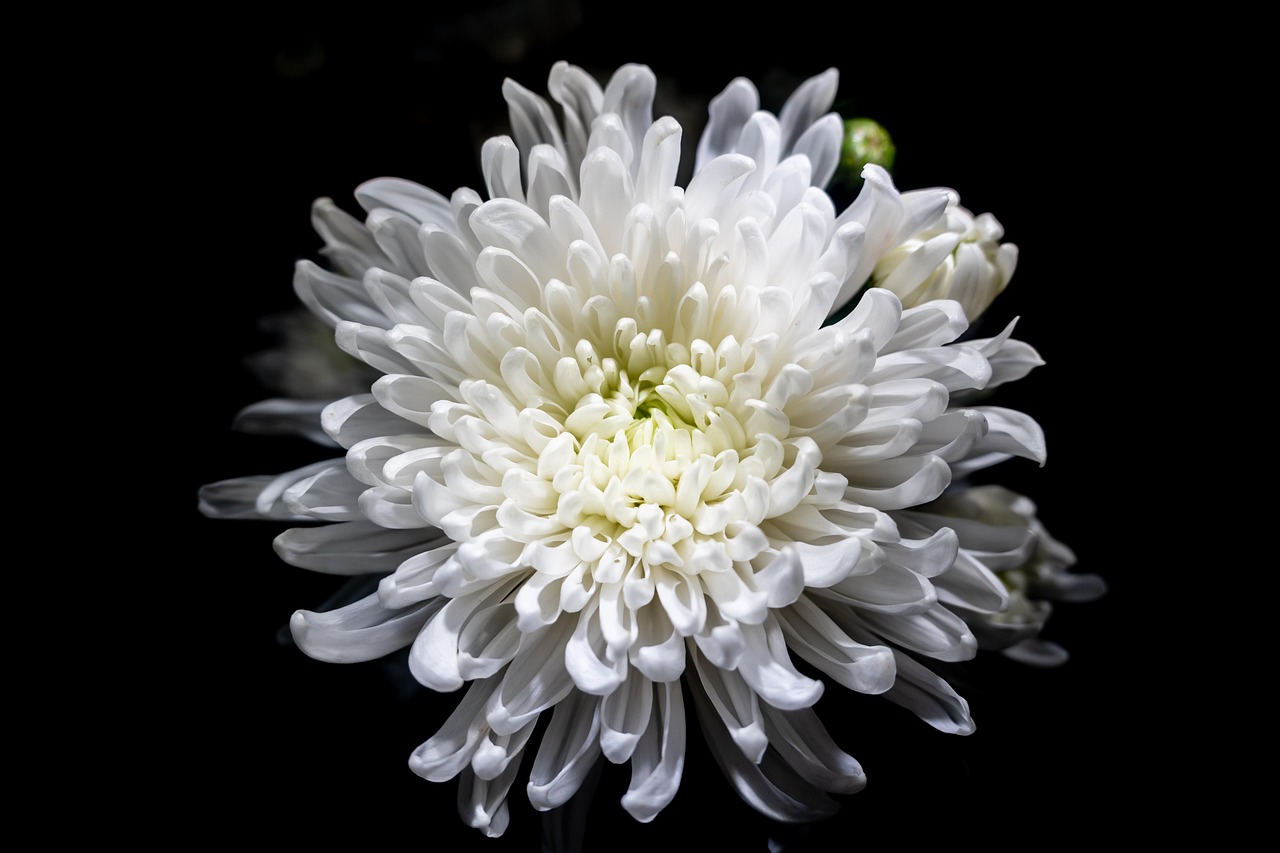The Birth Flower of March
The Birth Flower of March: Daffodils
Daffodils, the birth flower of March, are one of the most cherished symbols of spring. With their bright yellow, white, and orange hues, these flowers bring warmth and joy after the long, cold winter months. Their vibrant trumpet-shaped blooms symbolize renewal, new beginnings, and hope, making them a fitting representation of the arrival of spring. Whether seen in wild clusters across the countryside or carefully arranged in gardens, daffodils announce the changing season with undeniable beauty and charm.
Symbolism and Cultural Significance
Daffodils have been steeped in symbolism for centuries. They are often associated with rebirth and fresh starts, as they are among the first flowers to bloom when winter recedes. In the Victorian language of flowers, daffodils convey messages of hope, happiness, and friendship. They are also connected to unrequited love, with poets like William Wordsworth immortalizing them in literature as symbols of joy and inspiration.
In Wales, daffodils hold deep cultural significance. They are the national flower and are worn proudly on St. David’s Day, which falls on March 1st. The flower’s golden color is thought to represent prosperity and good fortune. In Chinese culture, daffodils are associated with luck and wealth, particularly around the Lunar New Year, as they are believed to bring prosperity for the year ahead.
A well-known superstition surrounding daffodils states that presenting a single daffodil to someone may bring misfortune, while gifting a bouquet ensures happiness and good luck. This belief adds to the flower’s mystique, making it even more treasured across different cultures.
Growing Daffodils
Daffodils are hardy perennial bulbs that thrive in various conditions, making them a popular choice for gardeners. They prefer well-drained soil and full to partial sunlight. These flowers are typically planted in autumn, allowing their roots to establish before blooming in early spring. By March, daffodils are in full splendor, transforming gardens and landscapes with their radiant colors.
One of the most appealing aspects of daffodils is their ability to naturalize. Once planted, they return year after year, multiplying and creating even more spectacular displays. They require little maintenance, making them ideal for both experienced and novice gardeners. After blooming, it is recommended to deadhead the flowers but leave the foliage intact so that the plant can store energy for the next season.
Daffodils in Literature and Art
Daffodils have long been an inspiration in poetry, literature, and art. Perhaps the most famous reference to daffodils in literature comes from William Wordsworth’s poem “I Wandered Lonely as a Cloud.” In it, he describes coming across a field of daffodils and being uplifted by their beauty:
“A host, of golden daffodils; Beside the lake, beneath the trees, Fluttering and dancing in the breeze.”
This timeless poem captures the essence of daffodils as a symbol of joy and the transformative power of nature’s beauty.
Artists have also been captivated by daffodils, featuring them in paintings, illustrations, and decorative designs. The flower’s simple yet striking form makes it an appealing subject for artistic expression.
Daffodils in My Garden
In my own garden, daffodils are a welcome sign that spring has arrived. I plant a mix of early, mid, and late-season varieties to ensure a prolonged bloom period throughout March and into April. Some of my favorites include the classic golden ‘King Alfred,’ the delicate white ‘Thalia,’ and the beautifully ruffled ‘Double Cheerfulness.’
Daffodils pair wonderfully with other early bloomers like crocuses, hyacinths, and tulips, creating a vibrant and colorful display. Their ability to thrive with minimal care makes them a staple in my garden, bringing joy and beauty year after year. I also love cutting daffodils and bringing them indoors, where their bright presence and subtle fragrance enhance my home.
Conclusion
Daffodils, the birth flower of March, are more than just beautiful blooms—they are powerful symbols of hope, renewal, and joy. Whether growing wild in meadows, cultivated in gardens, or depicted in art and literature, they continue to capture hearts and uplift spirits. Their resilience and enduring charm make them a beloved flower worldwide, and their arrival each year serves as a reminder that brighter days are always ahead.



